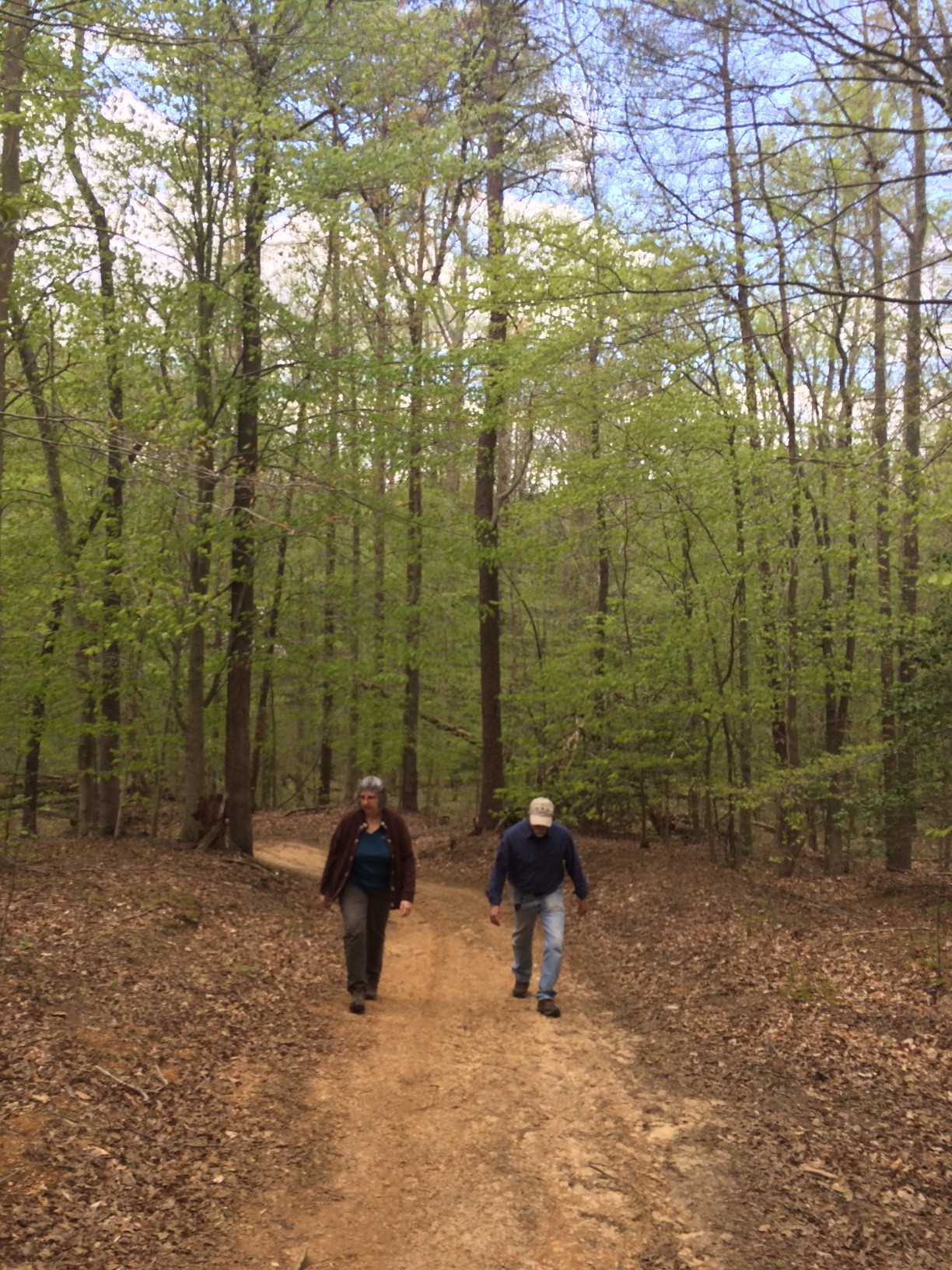Unique Habitat Protected; Historic Barn Preserved
Calvert Nature Society Acquires 100+ Acres Next to Battle Creek Cypress Swamp
Calvert Nature Society recently acquired more
than 100 wooded acres, fields and wetlands, further protecting one of
Calvert County’s unique natural habitats. The purchase of the property
on Sixes Road effectively doubles the protected area around Battle Creek
Cypress Swamp, one of the northernmost stands of bald cypress trees in
the country. Noteworthy
features of the 107-acre farm include a century-old farmhouse and an
historic tobacco barn built from locally harvested and milled cypress
logs. The barn dates from the mid to late 19th century and documents
local and national construction techniques of that era. The property will be called Keim Forest, after it s former owners, the Keim Family.
|
Keim Family Stewardship The Society purchased the property from the estate of Shewell Keim. Daniel (Tom) Keim was an environmentalist who recognized the uniqueness of the Battle Creek Cypress Swamp and purchased swampland and neighboring farm in the 1930s, with the intent to protect it. Tom sold a portion of his property to the Nature’s Conservancy so it would be protected. His son Shewell D. (Bud) Keim (1918-2014) inherited the farm in the late 1960s, and grew tobacco on it until he was drafted into the U.S. Army during the WWII era. Shewell Keim did everything he could to protect and preserve the property. “Both father and son would be delighted that the property has been sold to the Calvert Nature Society,” said Carol Crane, Shewell Keim’s stepdaughter. Keim Forest PhotosCypress Log Barn Built from locally harvested and milled cypress logs in the mid to late 19th century, the barn documents local and national construction techniques of that era. |





